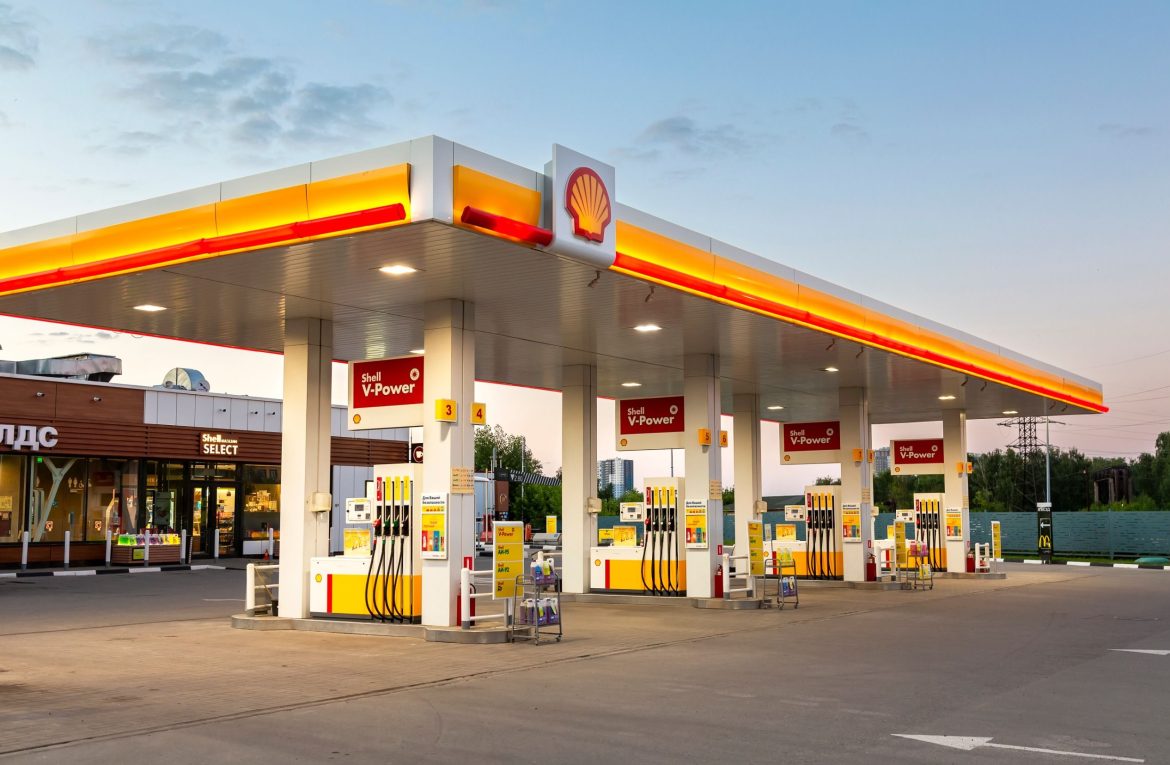Shell’s (LON: SHEL) share price rose by more than 2.8% on Wednesday as crude oil and natural gas rebounded amid geopolitical risks. It rose to 2,550p, up by over 6.5% from its lowest level this month. However, it remains in a correction zone after falling by over 13% from its highest level this year.
Crude oil and natural gas prices
Shell shares bounced back mainly because energy prices rose amid rising geopolitical risks. Israel started the week by invading Lebanon, where it is aiming to clear key Hezbollah’s installations.
The other big event was the decision by Iran to launch hundreds of missiles to Israel, which, in turn, vowed to retaliate. One of the likely approaches will be to strike Iran’s oil infrastructure, which will likely push prices higher.
Crude oil prices surged as these geographical risks rose, with Brent soaring to $75 and the West Texas Intermediate (WTI) hitting $72. Natural gas also jumped by over 1%.
Oil is also rising as investors focus on last week’s stimulus package by the Chinese government, which is working towards achieving the 5% target. This stimulus was important because China is the biggest oil consumer in the world, consuming over 16 million barrels per day.
However, it is unclear whether this price will continue doing well in the long term. Besides, there are signs that Saudi Arabia is about to abandon the $100 target in a bid to gain market share, a move that will push prices downwards.
Shell’s business has been doing well
Shell, formerly known as Royal Dutch Shell, is one of the biggest oil supermajors in the world. Like other big players in the industry, Shell has made substantial sums of money in the past few years, helped by the elevated oil prices.
Its annual revenue stood at more than $316 billion in 2023, down from $381 billion in the previous year. It has also made substantial profits, some of which it has returned to investors through dividends and share buybacks.
Its cash flow statement shows that it has paid dividends worth over $44 billion in the last five financial years. It has also repurchased shares worth over $5o billion, which has reduced the number of outstanding shares and boosted its earnings per share.
Shell and other European energy companies like BP, Equinor, and TotalEnergies have underperformed their American peers like Chevron and Exxon because of their focus on sustainability.
Since 2020, Shell has acquired several companies to boost its clean energy business. It bought Ubitricity in 2021 to expand its EV infrastructure. It also bought Savlon, a solar and energy storage business, Inspire Energy, Greenlots, Spring Energy, Daystar Power, and Nature Energy.
The challenge with these investments is that clean energy is not as profitable as oil and gas. As a result, Shell and other firms have been using their fossil fuel profits to offset the clean energy losses.
Last year, however, Shell announced that it will increase its focus on the more profitable oil and gas business.
The most recent results showed that that its total adjusted earnings came in at $6.29 billion. Most of this revenue came from integrated gas, which came in at $2.6 billion, followed by its upstream division, which made over $2.3 billion.
The consensus view is that the integrated gas earnings will be $12.16 billion this year followed by $10.7 billion and $9.6 billion in the next two years. Its upstream division is expected to bring in $8.4 billion, $8.46 billion, and $7.8 billion in the three years.
The only divisions expected to show growth are its marketing, which will make $3.29 billion, $3.8 billion, and $4.2 billion, respectively, and its renewable and energy solutions. The latter will make $418 million, $931 million, and $998 million, respectively.
The expected earnings slowdown explains why Shell is relatively undervalued. It has a price-to-earnings ratio of 7.90 and a forward multiple of 8.23, which are lower than the industry medians of over 11.
Still, Shell is one of the best dividend stocks in London, with a reliable yield of 4.08%.
Shell share price analysis
The daily chart shows that the Shell stock price formed a triple-top chart pattern at 2,907p. In most periods, this is one of the most bearish chart patterns in the market. It has even dropped below the triple-top’s neckline at 2,688p.
Worse, Shell has formed a death cross pattern as the 50-day and 200-day Exponential Moving Averages (EMA) have crossed each other. The last time that Shell made this pattern was in 2019, and the stock dropped by over 61% since then.
It has also retested the 23.6% Fibonacci Retracement point. Therefore, the path of the least resistance for Shell is downwards, with the next reference level to watch being at 1,825p, the 50% retracement, which is about 28% below the current level.
The post Shell share price forms a risky pattern; 27% crash possible appeared first on Invezz

